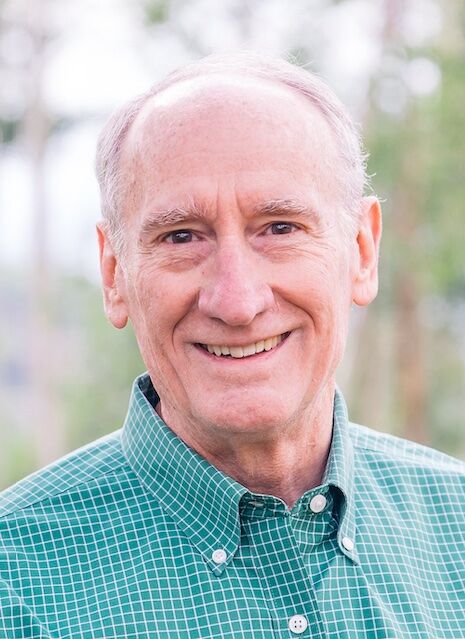Redefining costly, unproven new nuclear as ‘clean’ is dishonest | OPINION



A Colorado legislative committee recently and appropriately nixed a bill seeking to boost new, unproven nuclear energy technologies by attempting to redefine the fission process as “clean energy” – which it’s not.
But proponents likely won’t stop pushing these speculative nuclear projects as a way to help the state meet its climate emission reduction goals.
Even so, Colorado lawmakers should continue to reject this ill-advised pathway- because it’s an expensive, unproven distraction.
The old proverb “a bird in the hand is worth two in the bush” perfectly sums up the reality on the ground in Colorado, and, for that matter, in other states.
The fact is there are safer, cleaner, cheaper and more readily available ways to power our future and for the state to meet its climate goals.
Up in the sky there are vast resources of renewable wind and solar energy we can tap into. Right under our feet rests significant geothermal energy. And all around us are tens of thousands of existing homes and businesses we can make more energy efficient. We also can make new buildings more energy efficient, saving Coloradans money on energy bills.
Stay up to speed: Sign up for daily opinion in your inbox Monday-Friday
This is the quicker, less expensive, proven, job-creating path to clean energy. It’s the bird in the hand.
By contrast, new nuclear energy projects are slow, costly and risky. They would divert resources from developing true clean-energy technologies. This is the “two in the bush.”
Let’s be clear: nuclear power has significant drawbacks. It poses serious health and environmental risks. These include: contamination from uranium mining; safety and security of reactor operations; nuclear weapons security risks and associated radioactive cleanup efforts; and spent nuclear fuel disposal.
Even with subsidies, new nuclear facilities (and some existing ones) cannot compete in the electricity market against renewable energy. Just as important, new designs for nuclear power plants are decades away, at least, from commercially viability
Recent NRDC analysis on small modular nuclear reactors (SMRs) finds even with generous incentives, this concept for new, smaller nuclear facilities cannot compete against cheaper, proven clean energy like wind, solar and batteries.
The U.S. hasn’t built any small modular nuclear reactors, so supporting them is purely speculative.
In fact, a decade-long plan to build the country’s first commercial small modular reactor in Idaho was canceled last year. Costs doubled to $9.3 billion, and the project was deemed economically infeasible, even though it received generous federal funding.
In the American west, mining uranium has had a disproportionate impact on tribal nations and rural populations, leaving a legacy of public health concerns and contaminated land and water. To this day, there are more than 500 abandoned uranium mines in the Navajo Nation.
Right now, the Ute Mountain Ute Tribe in Colorado are fighting expanded uranium mining and processing on their land due to concerns radiation will affect the air, land and wildlife.
Mining for uranium also uses massive amounts of water, and our state and region face ongoing drought and desertification.
Front-line communities that have borne the brunt of health impacts from fossil fuels, including communities surrounding coal facilities in Pueblo, have demanded clean renewable solutions.
We don’t need nuclear power in Colorado to meet our clean energy goals. Analysis by the Colorado Energy Office shows a pathway to 100% emissions-free electricity without nuclear, and safer clean energy development is booming in Colorado.
A “Renewables on the Rise 2023” report by Environment America finds Colorado generates seven times as much solar power and 2.3 times as much wind power as it did in 2013. That can power more than 1.9 million households a year.
Nearly 64,000 clean-energy workers are employed in Colorado across every county, according to a “Clean Jobs Colorado 2023” report from Environmental Entrepreneurs (E2). Energy efficiency led the way with 56% of all clean-energy jobs. Renewable energy came in second with 18,000 jobs, followed by 4,600 jobs in clean vehicles.
This upward jobs trend is expected to continue, propelled by market forces, utility companies’ clean-energy plans and billions of dollars in clean-energy investments from the Inflation Reduction Act and Bipartisan Infrastructure Law.
In sum, the clean energy bird in our hand is better than the uncertain, expensive nuclear option in the bushes.
Alana Miller is Colorado policy director of the Natural Resources Defense Council. Ean Thomas Tafoya is the Colorado state director of GreenLatinos.










